Pets’ Winter Safety Guide
Even with their fur coat, pets still need help keeping warm this winter. Like us, pets can only handle so much time outside during cold, snowy weather.
Keep pets safe and warm this winter by petscaping and prepping! Just like you avoid chemical lawn products because of Safe Paws, take precautions during winter, too.
Wagging Our Way to Winter Pet Safety
Alarming Antifreeze. Dogs and cats love the smell and taste of antifreeze, but it’s extremely toxic. Keep it out of their reach and quickly clean up any spills. If your pet ingests antifreeze, call a vet immediately.
Dust Off Deicers. When your pet walks on paths or sidewalks, deicers stick to their paws. Deicers can burn paws and are harmful if eaten. Use a pet-safe deicer on your property. Also, apply petroleum jelly to pets’ paw pads to prevent other deicers from sticking. If deicer remains, wipe off quickly.
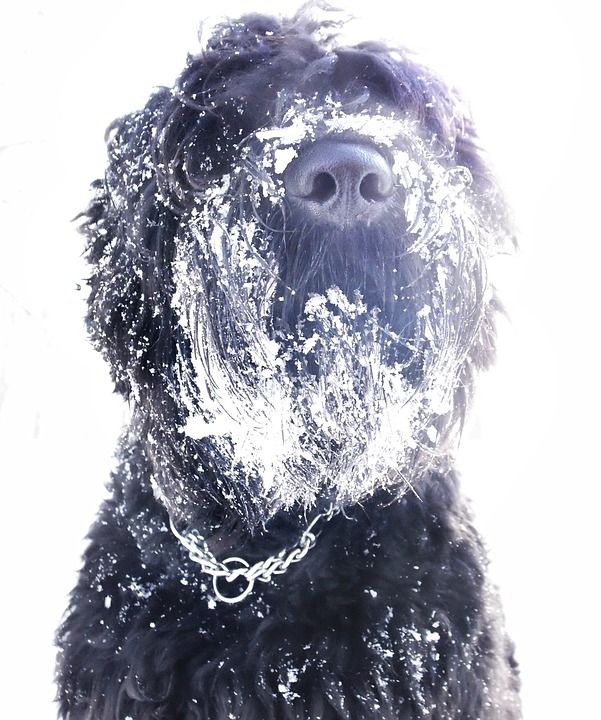
The Chilly Check. Other than daily walks and outdoor exercise, pets shouldn’t be outside much in winter! Dogs and cats can get hypothermia or frostbite, just like us. Put a coat on short-haired dogs. If pets are outdoors most of the day, provide a dry shelter, where they can rest and warm up.
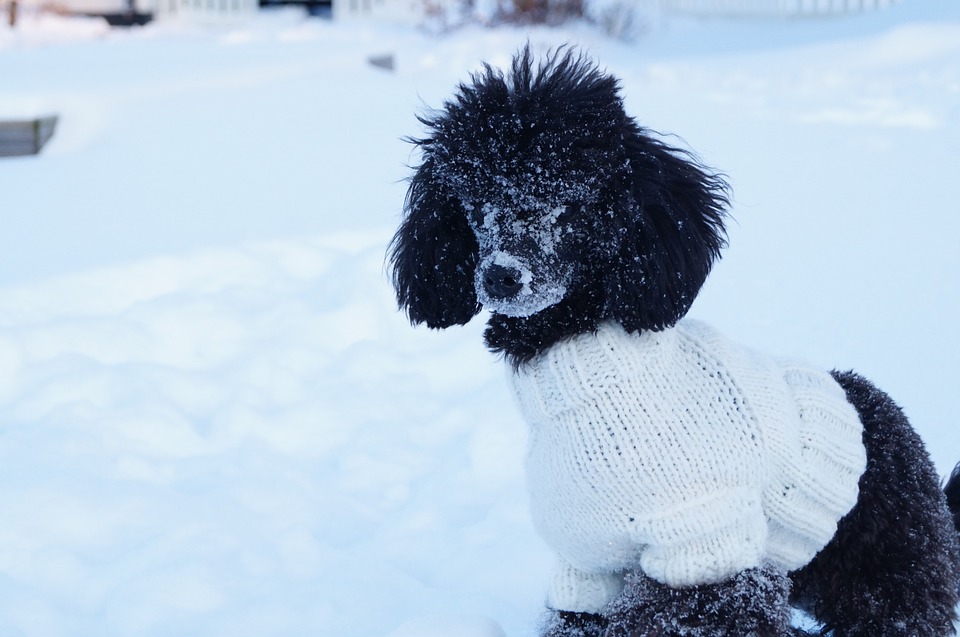 Stack on the Snacks. When outside, pets use lots of energy to stay warm. When they head back indoors, provide them with extra food and water to help them recuperate.
Stack on the Snacks. When outside, pets use lots of energy to stay warm. When they head back indoors, provide them with extra food and water to help them recuperate.
The Snow Shake. After playing in the snow, pets try to shake off the snow and cold. Help warm them up with a post-snow towel dry. Wipe off paws with a damp towel to get rid of stuck snowballs.
A little knowledge goes a long way! Check out our Safe Paws program that keeps your pets safe in every season.
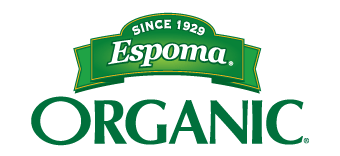
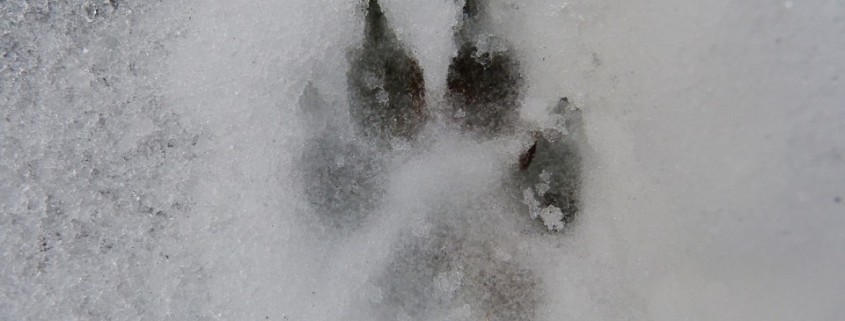
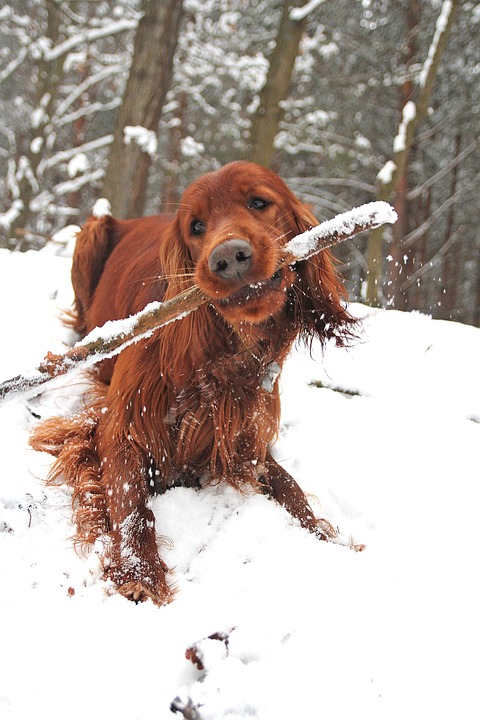
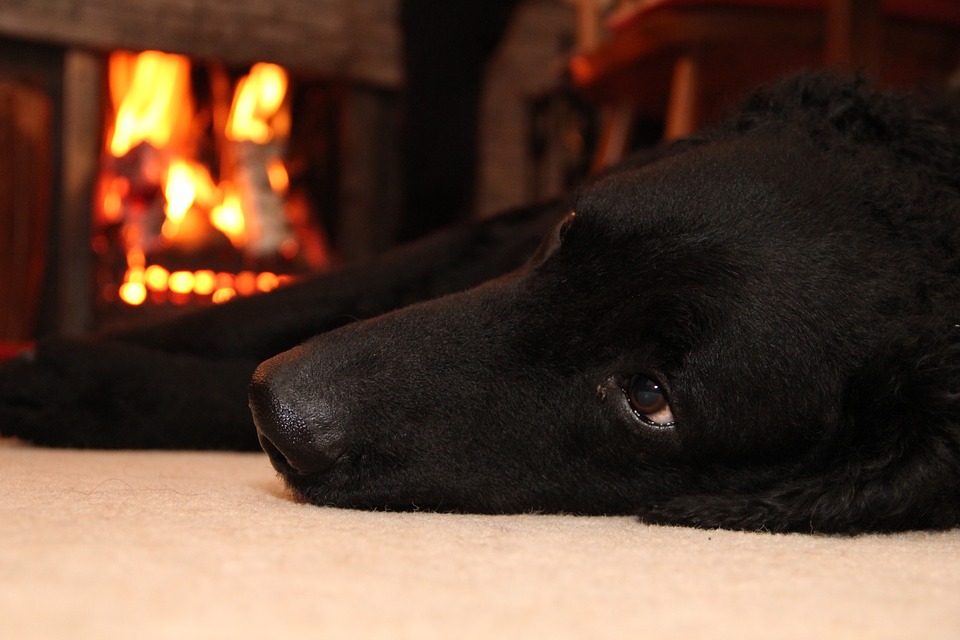
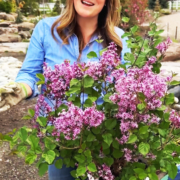






Comments are closed.